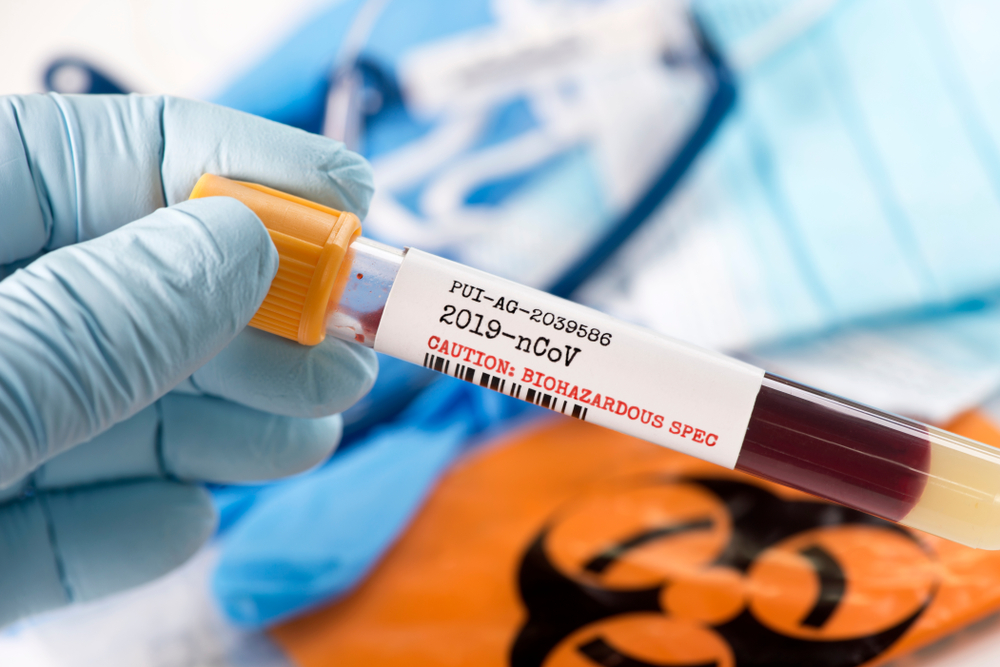Every lab has had their own personal contamination scares. Whether you’re dealing with lab equipment repairs, calibration or chemical spills, lab administration can be demanding and stressful. Naturally, close calls with lab contamination are simply par for the course.
However, that doesn’t mean we shouldn’t actively resist contamination each and every day. Essentially, when it comes to contamination, there are two types. There’s biological contamination (which describes bacteria or fungi) and chemical. Both types of contamination can ruin your day, to say the very least. Basically, contamination can destroy research and experiments, and render cell cultures completely useless. This can have catastrophic impacts on your funds and operation in more ways than one.
So, how can your lab avoid contamination? Below, we’ll discuss some of the ways to prevent contamination and keep your lab functional and cost-efficient.
Originally published on Feb. 16, 2020, this post has been updated for accuracy and relevancy.
1. Lab Equipment Sterilization
The most common measure against contamination is lab sterilization. There are a few different methods of sterilization. Basically, sterilization is critical to keeping lab equipment and samples sanitary. Autoclaving (or wet heat) is the most popular method of cleaning/sterilization. This process uses pressurized steam to heat the item that must be sterilized. Autoclaving is an incredibly effective procedure. It will kill all microbes, spores and viruses. However, for some specific biosafety levels, higher steam temperatures or longer incubation periods are necessary.
Autoclaves emit pressurized steam that contains seven times more heat than water at the same temperature. Additionally, when it comes in contact with the material, the heat establishes contact instantly. And it even penetrates a more dense, thick surface. The speed and efficiency at which autoclaving sterilizes is what makes it the most popular method. Since these are vital to preventing contamination, it’s important to service and repair your autoclaves regularly.
In addition to autoclaving, methods like dry heat (baking or flaming), filtration, chemicals/solvents and radiation can also be effective to sterilize.
2. Maintain Your Lab’s Water & Air Quality
A proven way to avoid contamination is to regularly check the quality of your lab’s air and water. It can really help you to avoid unpleasant surprises later on. There are several different kinds of lab equipment that keep track of airborne and water contaminants. This way, you have a consistent idea of your lab’s contaminant levels. If you check these levels regularly, you’ll be better prepared to avoid contamination.
Some systems even have features that can instantly alert your lab through an alarm device whenever unusual contaminants appear. For any lab baths or incubators, be sure to change the water in the reservoir at least once a week. Additionally, there are some antibiotic solutions you can apply to prevent the growth of bacteria and fungi. Also, be sure to test any samples of cell lines, even if they appear just fine. This will save you a huge headache, especially when your cell-based experiments are providing you results that don’t make sense. Biosafety cabinets require a similar level of maintenance in order to prevent contamination.
3. Keep Your Lab Organization
No matter how prepared you may feel against contamination, none of your methods will work without diligent planning. This requires clear, comprehensive organization. When you prepare for anything – maintenance, research, experiments – it’s important to set aside everything that requires decontamination beforehand. Ultimately, this ensures that nothing needs to be cleaned at the last minute, which is a huge contamination risk.
Organizing all of your bottled solutions will also prevent dust buildup, which can spread bacterial matter to your samples. Furthermore, a great way to uphold organization is to use a lab information management system. This will help you to keep track of inventory and schedule decontamination protocols.
4. Common Sense
Obviously, one of the most important preventative measures is simple common sense. Make sure each and every employee wears the necessary personal protective equipment, or PPE. This is especially important when in cleanrooms or a sterile environment. One of the main reasons to wear PPE is not just to protect you from samples – it’s to protect samples from you. Wearing goggles, a lab coat and gloves will prevent keratin and bacteria from your skin falling into your plates, tubes and vials. Obviously, these are the kinds of contaminants that can really compromise your work.
Additionally, make sure you always clean the lab! The best way to keep your lab clean is to establish a regular cleaning schedule. Make sure all personnel are responsible for the regular upkeep of the lab. If every employee is responsible for keeping the lab clean and sterile, you stand a good chance of avoiding contamination.
Conclusion
At S.E.P.S., lab safety and cleanliness is our mission. Our various accreditations and affiliations are a testament to our enduring passion for quality and service. For more information or to schedule decontamination services for your lab, contact us today!
